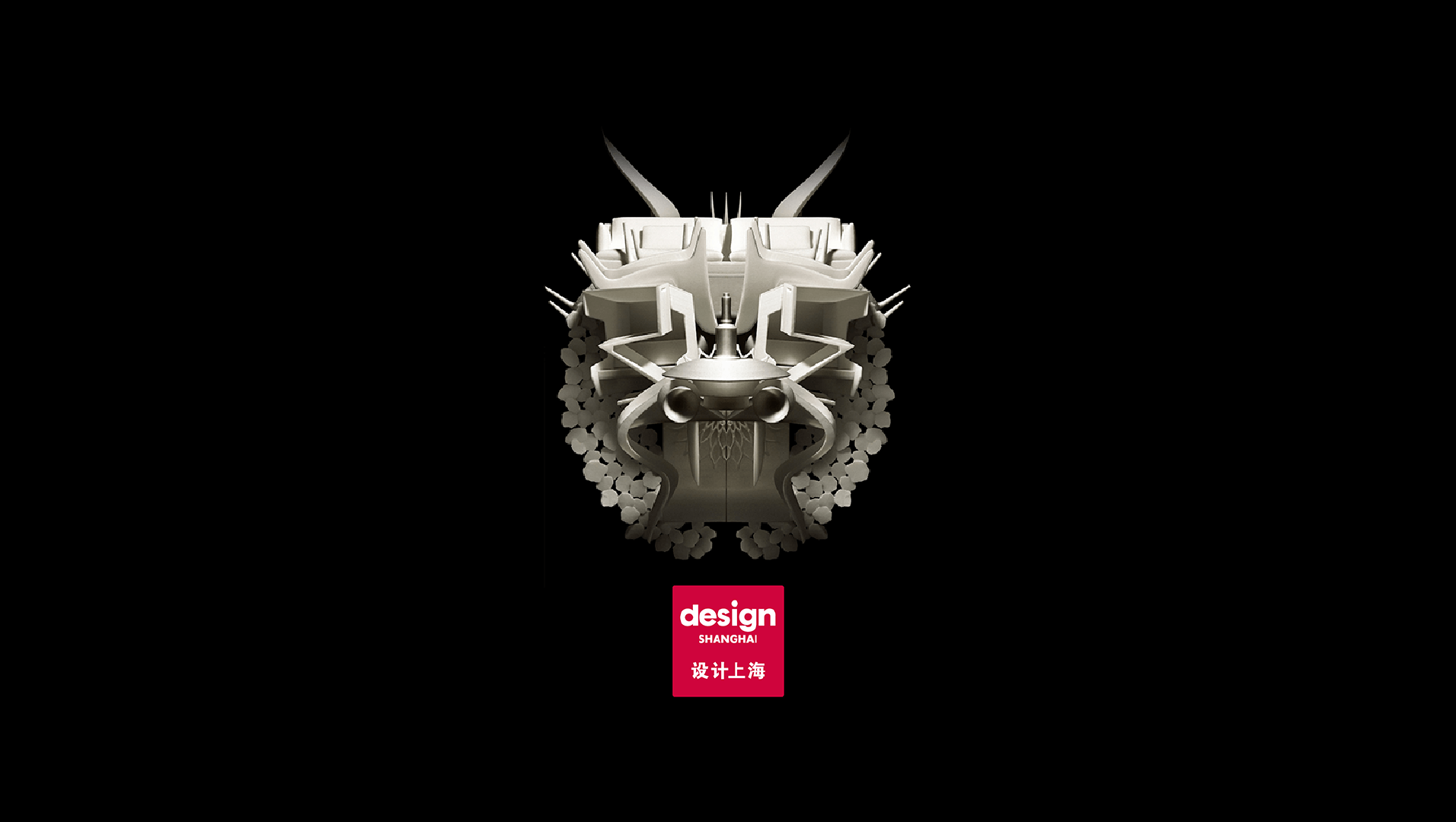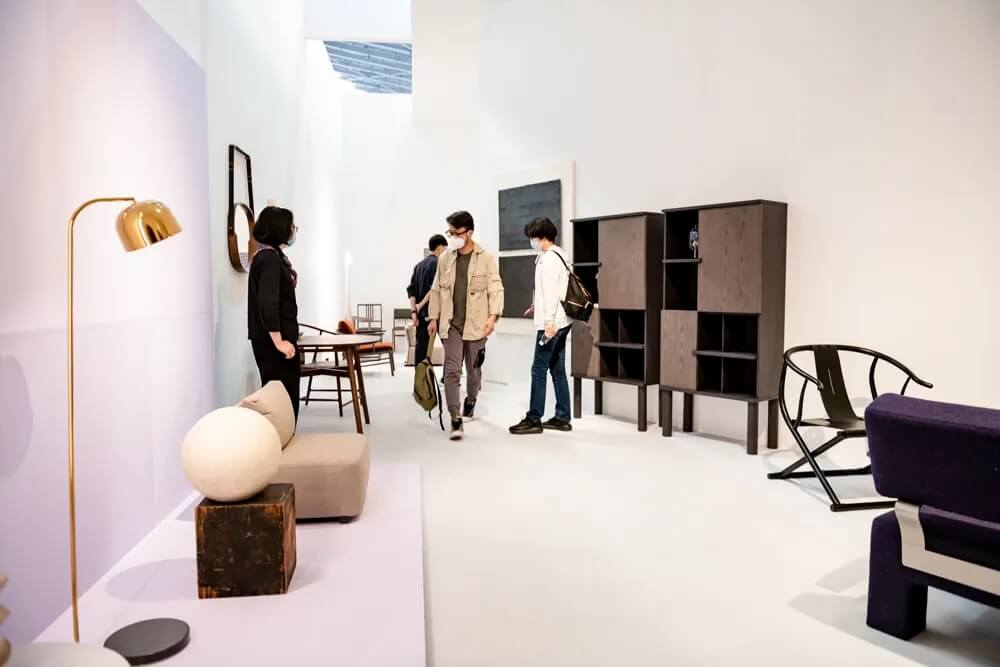Design China Beijing’s Director Zhuo Tan on China’s evolving design scene

We spoke with Zhuo Tan, the director of fairs Design China Beijing, Design Shanghai and Design Shenzhen, about the growth of these events and what it takes for an international brand to make it in China.
Later this month Design Shanghai will return to present a host of Chinese and international brands as well as a cultural programme exploring how design can have a positive impact through the topic of regenerative design.
A trade show featuring over 400 local and international brands across eight different sections will be complemented by a range of installations, exhibitions and the return of its annual talks programme, which this year explores the topic of regenerative design.
Alongside Design Shanghai and Design Shenzhen, which take part at different times throughout the year, these events form part of an annual design network in Asia attracting leading international and Chinese manufacturers, global industry leaders, architects, interior designers and design enthusiasts. This is where Zhuo Tan’s role as director really comes into play.
Ahead of the three-day event which takes place from 23 to 26 June at the National Agricultural Exhibition Centre in Beijing, we spoke to Tan about the impact of these events on their hosting cities, why China is a draw now more than ever for international brands, and what the evolution of Chinese audiences means for the future of design in the country.

How has the Chinese design market been evolving in recent years? What is its current state? What makes it attractive for foreign firms to join?
Zhuo Tan: “In the past 10 years, the Chinese design market has evolved quite a lot. Design Shanghai is now eight years old, but we first launched the show when design was just coming into the market. So, we have seen from the beginning to what’s happening now. From my own experience and observation, I think there are two elements. One is the Chinese consumer; their attitude towards design, and the second is Chinese brands, Chinese manufacturers, the furniture companies and what they are doing.
I think the Chinese consumer is much more advanced than the furniture manufacturer. Because the middle class is really becoming the major consumer group. They have good taste and want to have a better quality of life. If you look at the luxury industry as a sector, Chinese consumers are taking up around 50-60% globally. Furniture and the home is becoming more and more important because Chinese consumers are very sophisticated. Nowadays, they have traveled around the world.
That’s why a lot of Italian brands are doing very well. Some of the upcoming Scandinavian brands are doing very well, as well. This is thanks to the media and pictures from Design Shanghai that have educated the consumer to know, for example, what the Abrams chair is and why it’s so important in the design industry. So we have all paved a road to educate the consumer about the good stuff. When the consumer becomes knowledgeable, they will demand to have this kind of quality in their life.
Previously, it was only the top most expensive furniture brands that came to China. Now more and more unique small brands are entering China as well so they have more choices. And it’s not only the most expensive pieces, but there is also the medium range of the product so they have more choice and freedom to use original design. So I think overall the market is very positive. And it will continue to go that way in the future.”

What kind of exhibitors can we expect to see at Design Beijing? What are the main product categories presented by exhibitors?
Zhuo Tan: “It’s a mix of everything. Because the main audiences we want to attract in all our shows are interior designers and architects. So whatever they need in their projects, from materials, surfaces, lighting, furniture, fabrics, textile, accessories, we try to have all of them at our show.
For example, in Design Shanghai, which is more established than other shows, we have 400 brands, and eight sectors of the show: contemporary design, classic and luxury design, accessory, unique limited edition design, contamination with art and office furniture. You also have doors and windows.”
The trade fairs in China are bringing in global talents, check it out – A hub of architectural and design innovation: Design China Beijing returns this September

How many Chinese companies are there compared to western ones?
Zhuo Tan: “The majority of our exhibitors are still international companies. 80% of our exhibitors are international brands because the standard of Design Shanghai is very strict when we are picking exhibitors. You have to have an original design, and you have to reach a certain maturity of your product being ready. Otherwise, you come to present two parts, and then you can’t make 20-50 of them after the show then there’s no point. It has to be commercially ready, because you’re facing the trade market, as well.
The design philosophy really is to make sure they are truly an original design-oriented brand and that the product is at the same level as the mix of Cassina or Fritz Hansen, those kinds of top international brands. In the past eight years of Design Shanghai, we managed to nurture some of the Chinese brands through Design Shanghai’s platform to actually set a higher standard, and then really push them in that direction. And then they become very big brands in China as well.”
Do you see the hybrid physical & digital model for events as a successful one for tradeshows and design fairs? How should companies prepare and adapt to it?
Zhuo Tan: “I think digital will be a very important element for all the trade shows. We cannot ignore that, because the habit we have established during the pandemic really changed our behaviour, as well. But so far, I haven’t seen a perfect solution. Currently, the digital platform is only offering branding and marketing purposes, to add value for those shows to communicate to a much bigger audience to engage with those people who cannot travel.
The real value of physical trading events not happening is that it has forced us to investigate and develop a real virtual trade platform where real B2B trade activity can happen. A lot of work is needed, which we are doing. This is almost a totally different business model. No one can ignore that. It’s just like when the internet first hit us. If you ignored it, you were left behind. I think that’s a trend you cannot reverse. But how to utilise that great resource of the online market is a big topic.
I think the fundamental is the infrastructure of the website or the online platform; it can really offer value for the visitors, instead of just browsing products and videos as content-driven platforms, because if you cannot encourage people to click and buy, or click and then get in contact with the brand, then the platforms are staying in the same old format as a virtual magazine.
Talking to my UK colleagues I was asking them the question: ‘Is it still interesting for us to have some virtual events online for European media?’. Their answer is no. Because everyone wants to go see physical events now, because you just open up and just don’t want to see anything online. You want to go.”
Drawing inspiration from the Milanese model, design weeks across the globe tend to complement the tradeshow (B2B event) with the involvement of the public through installations, exhibitions and talks and cultural events. To what extent is the Chinese public involved in the events that you organize?
Zhuo Tan: “I think Milan has taught everyone running design events to explore the city on top of the trade show. So thanks to the success of Milan’s Salone del Mobile I think we actually really learned from it. For all the events we do, we proactively try to engage with the public. In the first year of design Shanghai, we thought, okay, it’s a design event, we’re only promoted to the trade channels and we expect trade people to come. Because the show is so interesting and the public has never seen anything like that before in China – and it’s beautiful, it doesn’t matter if you understand it or not, it’s just beautiful – we had a lot of public come to the trade shop, from the very beginning of Design Shanghai.
So, in the small venue of our show, we used to only have 25,000 square meters and we would get like 70,000 visitors for four days, which is insane. They come at the beginning of the trade show days, and the rest is the public who buys tickets to come to see the show for education, inspiration, sometimes just to take a selfie at the show to prove that they are very trendy.
Design Shanghai actually has a really big influence on the public. For the show itself, we have public visitors, and some of them really make it their annual trip – they come every year. And we also explore the opportunity to do some satellite events in the city. We try to create the feel of a design festival in the city by inviting local architects to create installations to engage with the public in shopping malls or on the street. This way they can touch, feel and engage with design. We have been doing this for six years in Shanghai.”
The Chinese consumer compared to the Italian and European consumer is not on the same level, I have to say. Because you guys grew up with the best architects and architecture, you’ve been educated since you are little. The Chinese consumer is only picking it up just recently. They need a little bit more time to understand design and art and relate it to their daily life. But I think that on the other hand, the Chinese pace is very fast as well. So in the next 5-10 years, you will probably see a big change.
When we are free to travel, Chinese tourists are everywhere in the world. They’re not coming for shopping, they go see the best architectural buildings and experience different cultures. They want to be embraced with all these different beauties and cultures. And now when they come home, they expect their life will be the same. So I think for our industry in our sector, China is a very big market.
This year, Design Shanghai experienced overwhelming success, click here to learn more – 70,000 visitors join Design Shanghai in one of the first physical design shows of the year









